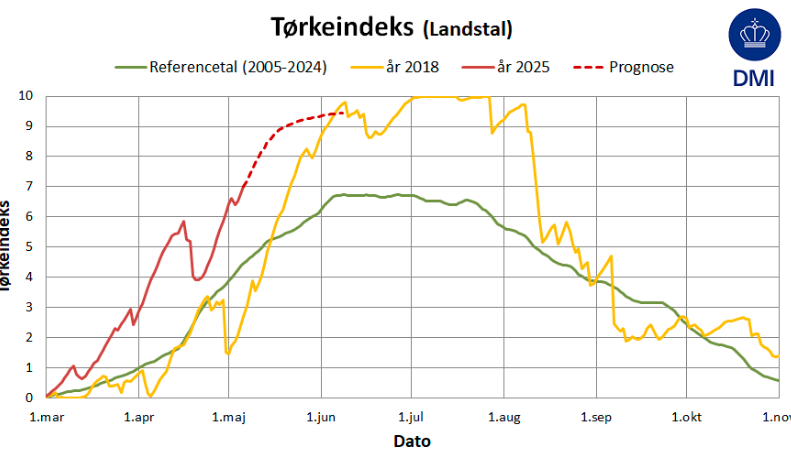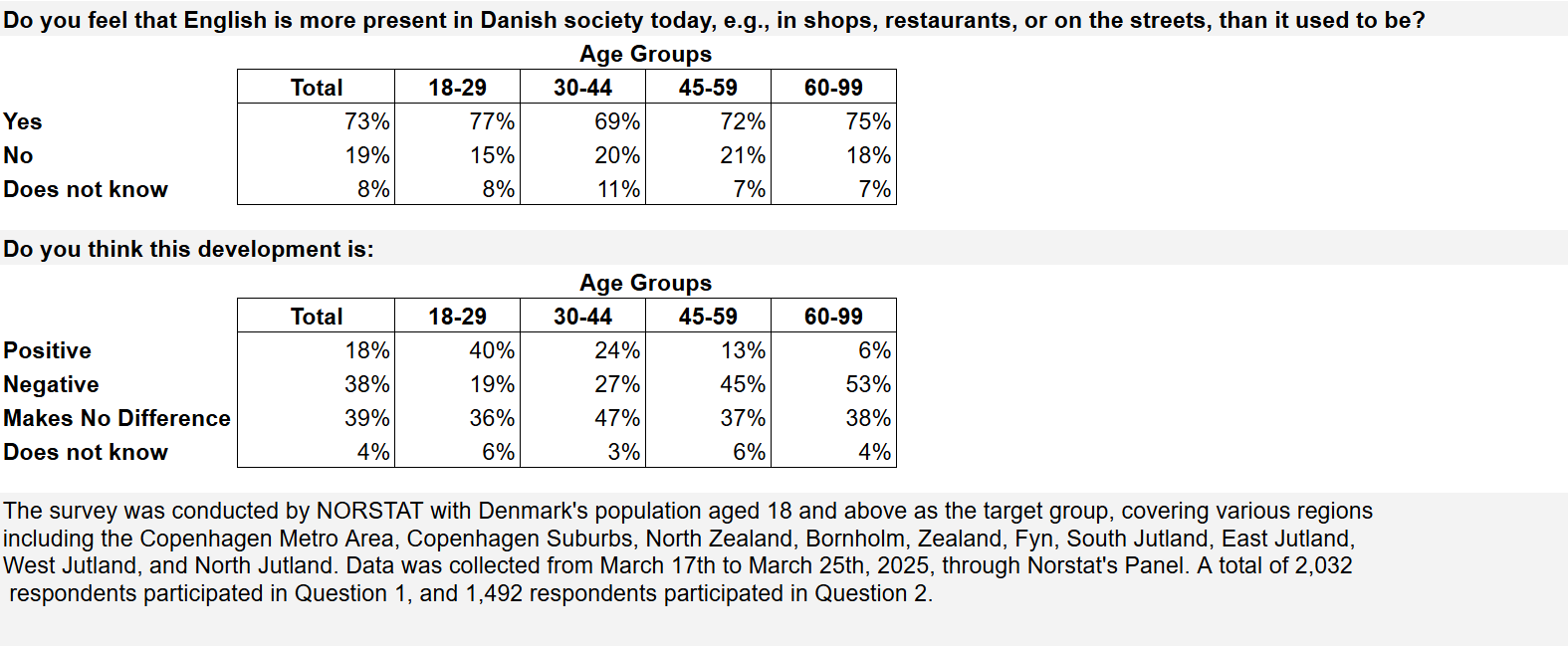A new study published by the Danish Foundation for Entrepreneurship has revealed that 54.1 percent of Danish schools taught entrepreneurship in the last academic year.
“Almost 200 schools have embraced entrepreneurship. This is important because teaching entrepreneurship has a positive effect on pupils,” said Christian Vintergaard, the CEO of the foundation.
“They experience a stronger attachment to their school, they become more enterprising, and they develop greater ambitions for the future.”
READ MORE: Danish female entrepreneurs numbers double
Regional differences
Overall, 16 percent of Denmark’s schoolchildren got the chance to learn about entrepreneurship – the process of designing, launching and running a new business – during the 2015/16 academic year.
However, there were large regional differences.
In Southern Denmark, 20.7 percent of students were taught the subject, compared to only 12.8 percent in Region Zealand.
“It is still a relatively new concept for many schools,” Vintergaard noted.
“But luckily we are increasingly seeing that positive examples inspire pupils, and that more and more schools are actively using the teaching of entrepreneurship.”
READ MORE: Startup Community: The entrepreneur is the new rock star!
Setting up new businesses
According to Dansk Industri (DI), the confederation of Danish industry, pupils who have been introduced to entrepreneurship at school are often more prepared to set up their own business.
Alexander Ulrich, a senior consultant at DI, contends there is a great need to also introduce entrepreneurship programs to universities, as they have not embraced the trend as rapidly as public and upper-secondary schools.
“Entrepreneurship contributes to introducing students to the private sector and provides students with the tools to create new products and set up new businesses,” Ulrich said.














